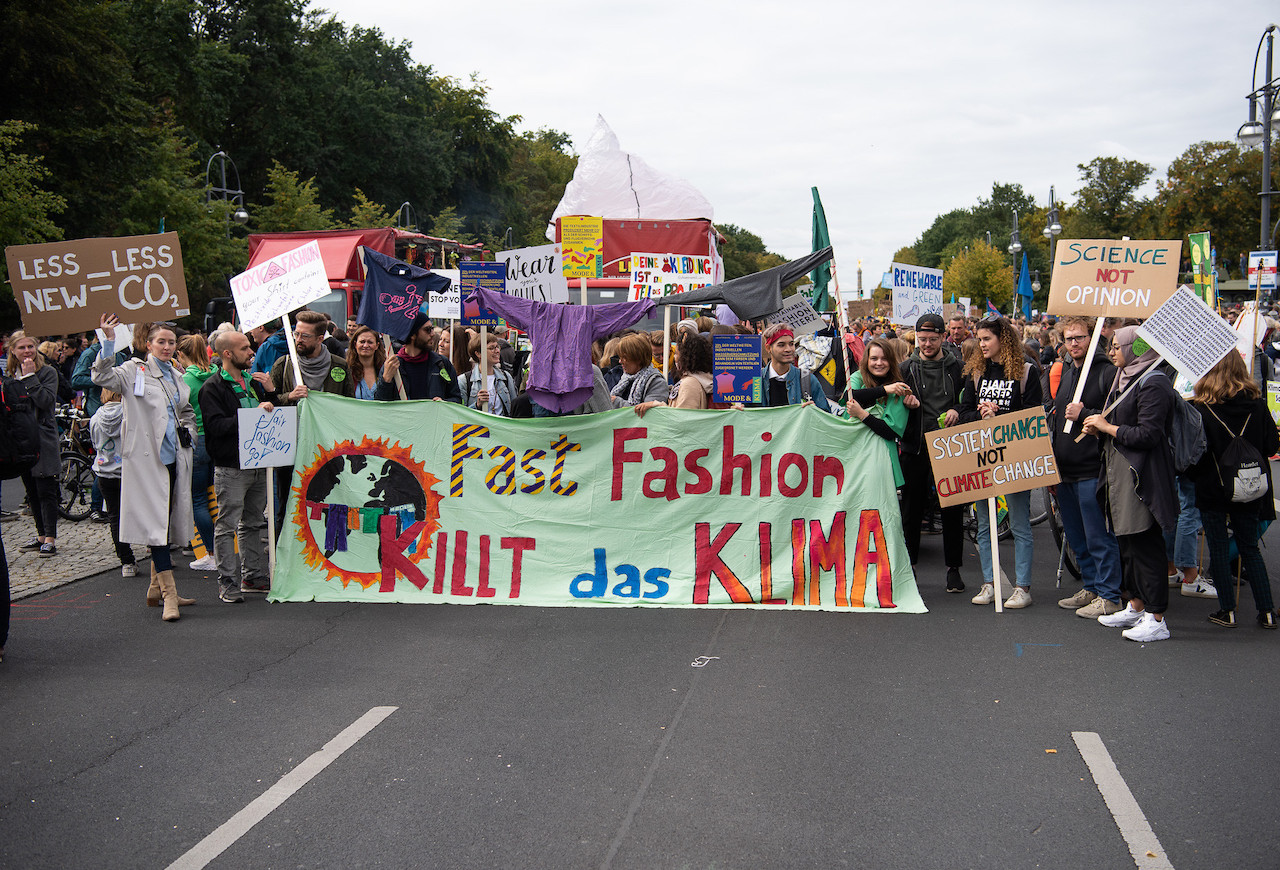The growing problem of fashion waste affects our climate, ecosystems, and health. The textile and fashion industry is looking for ‘circular solutions’, and fast.

Facing mounting regulatory and market pressure to cut waste and improve its environmental record, the textile and fashion industry is looking for a lighthouse to guide standards, metrics and practices as it tries to scale up ‘circularity’ from the bottom up.
Enter the new CTI Fashion Initiative, led by the World Business Council for Sustainable Development (WBCSD), VF Corporation, a global apparel-maker, and consultancy Deloitte Switzerland.
Launched at the recent Global Fashion Summit in Denmark, the initiative’s engine room is a globally recognised system of so-called Circular Transition Indicators (CTI), developed by WBCSD.
The CTIs are building blocks for a sector-wide standard to help textile and fashion companies deal with the growing problem of waste by scaling up circularity throughout the value chain, and including finance and investment decisions.
“Circular fashion must prove itself beyond its promise and deliver tangible impact,” said WBCSD’s senior advisor Jeff Turner ahead of the Initiative’s launch. “That’s where the true value of CTI comes into play!”
The task is by no means trivial. Large-scale implementation of “circular solutions” in the sector is lagging behind market expectations. In Europe alone, it is also facing a tougher regulatory landscape as a raft of strategies and plans promoting sustainable and circular textiles, the repair of goods, stricter textile and eco-labelling, and other actions favouring the green economy come online.
Tailoring net-zero in textiles, an opportunity
The fashion industry clearly plays a big role in shaping an equitable, nature-positive and net-zero world. Currently valued at just over US$1.5 trillion (€1.3 trillion), it is as “destructive as it is lucrative”, according to TheRoundup.
Globally, between 80 and 100 billion new garments are produced every year. Some 87% of the materials and fibres used to make that clothing ends up in either incinerators or landfills; only one fifth of discarded textiles are collected, and barely 1% will be recycled as new garments under current industry regimes.
Dark as this image may seem, impact investors usually subscribe to the tenet that deep within a problem lies an opportunity to drive change and a heathy return. The reported upsides of circular textile use and recycling start with reduced global land use by 40% and a significantly lowered industry carbon footprint. This, according to an Ellen MacArthur Foundation report on the topic, can deliver an “economic opportunity” of up to $560bn.
On the consumer side, critics of ‘fast fashion’ and wider cynicism that textile and fashion companies are not doing enough can only lift if the industry commits to transparency and accountability. “This is exactly what the CTI Fashion Initiative aspires to,” commented Debbie Shakespeare of Avery Dennison Corporation in connection to the launch. Her company is a specialist in adhesive materials and apparel branding labels.
She said the clothing industry urgently needs verified data and agreed industry benchmarks on its journey to circular business models for textile resale, repair, and recycling. Sector-wide standards, she added, also help companies prepare for incoming product transparency legislation.
“Carbon reduction targets can be tracked and reported, greenwashing can be rinsed away, and we can provide the critical product data needed for textile sorters and recyclers to carry out the graft of bringing the circular economy to life,” noted Shakespeare.
As momentum picks up, experts expect all this to drive novel circular solutions appealing to the fashion industry and consumers, but also to investors looking to add “fashion as a force for good” to their portfolios.
More coverage of the fashion sector.





